The sheer abundance, variety, and freshness of tropical fruits of North America are among the most delightful aspects of exploring this vast and ecologically rich continent. While tropical fruits are typically associated with equatorial regions, North America is home to a surprising range of unique, nutrient-packed fruits native to its tropical and subtropical zones. From the Caribbean islands to the southern U.S. and parts of Mexico and Central America, these fruits not only delight the palate but also offer exceptional health benefits.
1. Black Pineapple (Antigua Black)
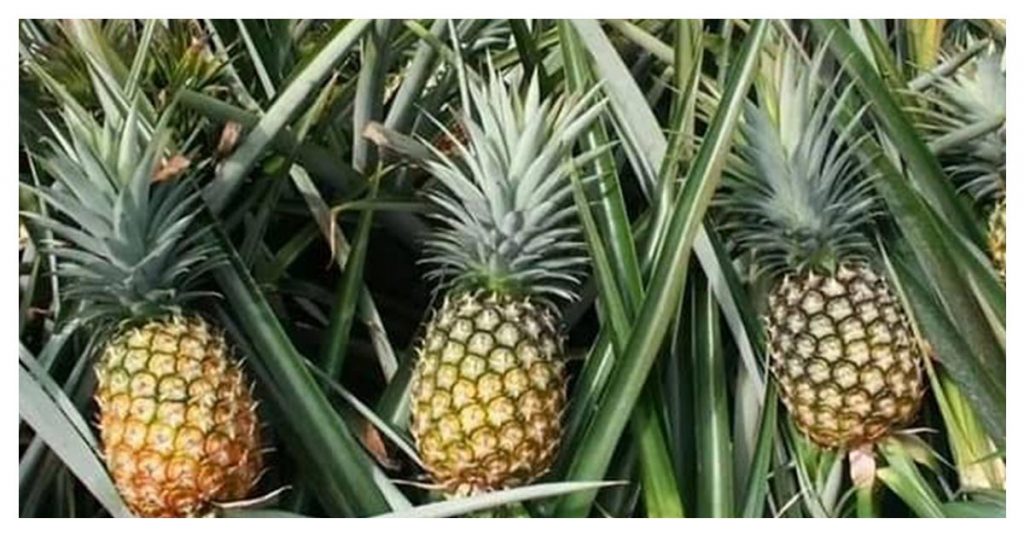
The Antigua Black pineapple is the tastiest in the globe, and it’s cultivated largely on the region’s southwestern tip.
Its delicious sugar caramelizes from unique topsoil and just the perfect quantity of rainfall, which allows the sugary level to be greater than in other pineapples.
The fruit has a minimal fiber and acidic content, a crunchy consistency, an appetizing interior, and a shining tint to the pulp.
2. Cranberries
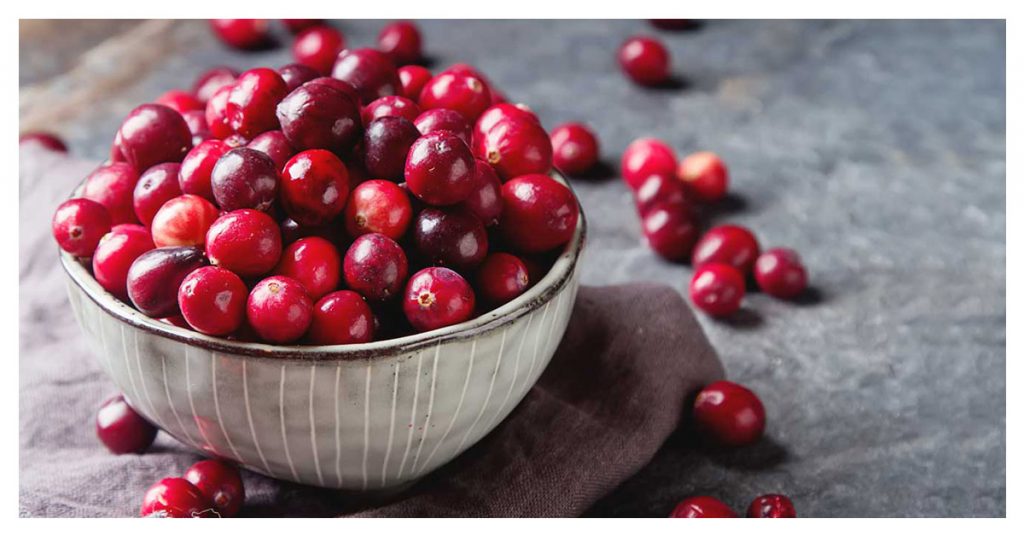
While not typically thought of as tropical, cranberries are an essential native fruit of North America. These tart red berries were a staple for Indigenous tribes and early European settlers, who used them for food, dye, and medicine. Today, the United States and Quebec are top global producers. Cranberries are rich in antioxidants and often used in sauces, juices, and baked goods.
3. Sapote
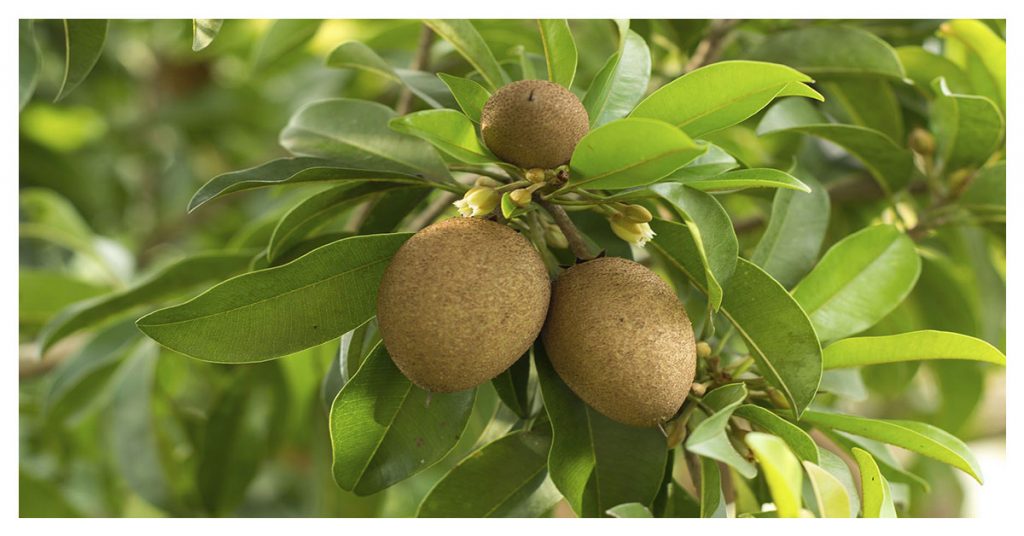
Native to regions from Mexico to Nicaragua, the sapote is a tropical North American fruit that’s creamy and sweet with a texture similar to custard. Often described as a mix between sweet potato and squash, sapote can be eaten fresh or added to smoothies, desserts, and jellies. Its rich, buttery flesh makes it a favorite in tropical culinary traditions.
4. Native Grapes (Muscadine & Fox Grapes)
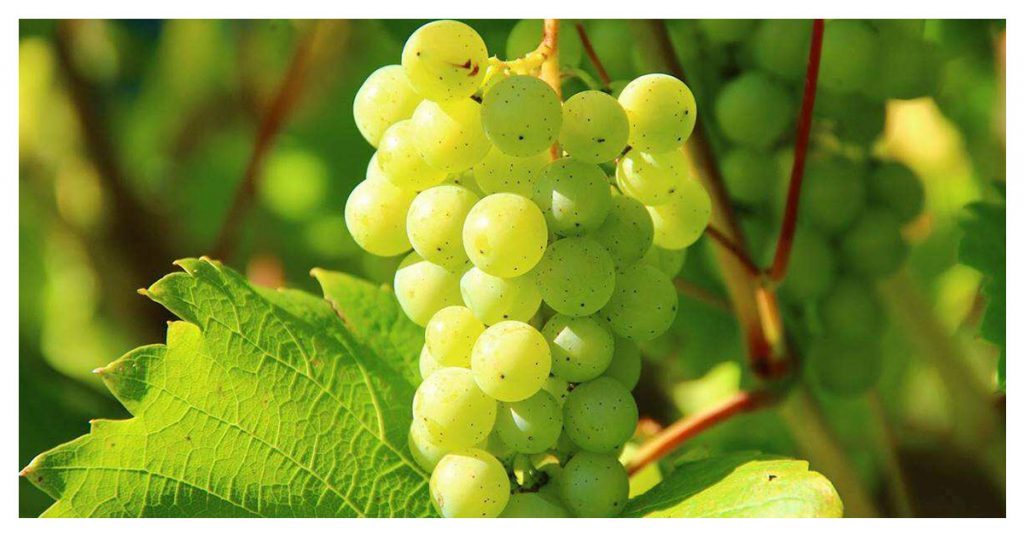
Though many grape varieties were introduced from Europe, muscadine grapes and fox grapes are indigenous to North America. Muscadines were the first grapes cultivated in the U.S. and are still used today for making wines, jams, and juices. These grapes have a thicker skin and higher antioxidant levels compared to traditional varieties.
5. Pawpaw

One of the most overlooked tropical fruits of North America, the pawpaw grows in the wild from the Great Lakes to the Gulf Coast. This soft, green fruit has a custard-like interior with a flavor likened to a mix of banana, mango, and melon. Though rarely sold commercially due to its delicate nature, pawpaw is a historical favorite with links to explorers like Lewis and Clark.
Read More : The Top 10 Must-Try Tropical Fruits of South America
6. Soursop (Graviola)
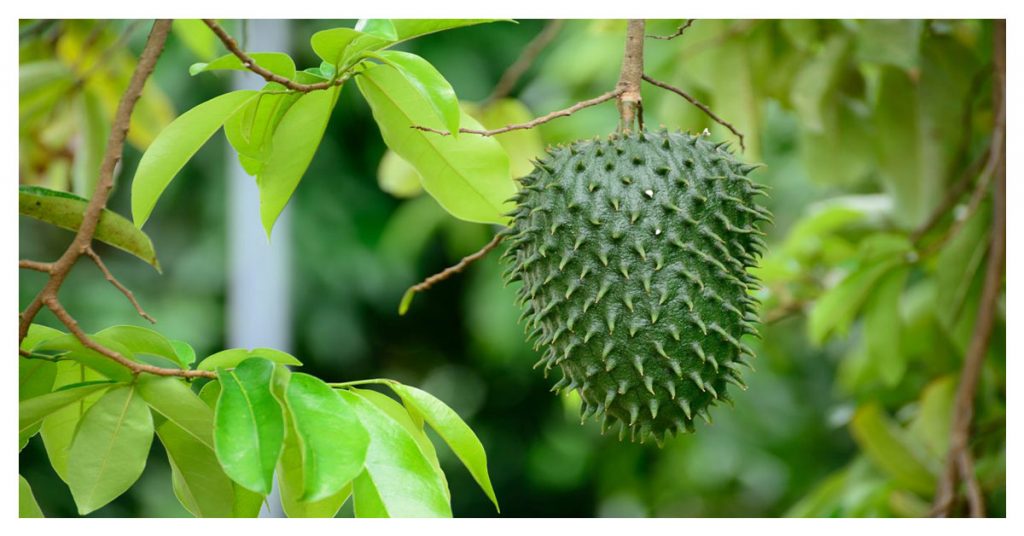
With its spiky exterior and creamy, citrusy flesh, soursop is a beloved tropical fruit found in the southernmost parts of North America. Its tangy taste is a blend of strawberry and pineapple, making it ideal for juices, smoothies, and desserts. Rich in vitamin C and antioxidants, soursop is also believed to support immune health and digestion.
7. American Persimmons
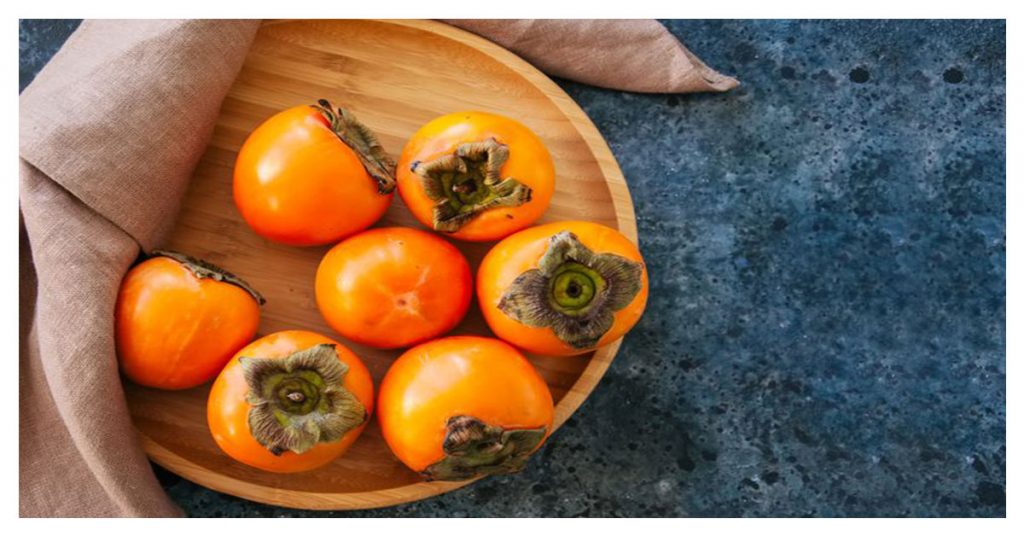
Diospyros virginiana, or the American persimmon, grows primarily in the southeastern U.S. This variety is smaller and more astringent than its Asian counterparts but develops a rich, apricot-like sweetness when fully ripe. Native Americans and early settlers used persimmons in teas and natural remedies, and they remain a wild, seasonal treat.
8. Mayhaw Crabapple
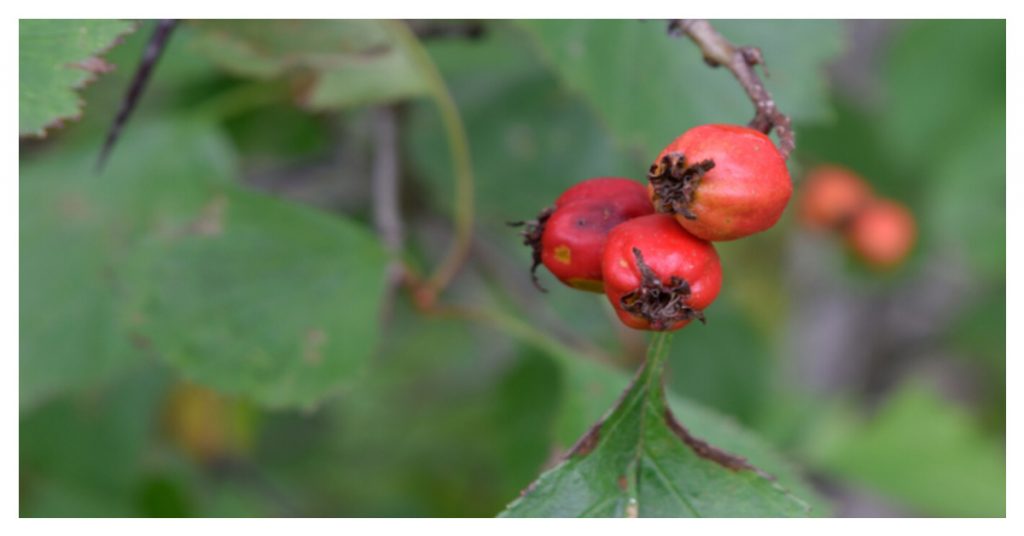
Found in the swampy areas of Louisiana and Georgia, mayhaw fruits are small, red, and tart, resembling miniature apples. Though rarely eaten raw, they are widely used to make jelly – a Southern delicacy celebrated in local Mayhaw festivals. These wild-growing fruits are part of the hawthorn family and thrive in wetlands.
9. Black Mission Figs
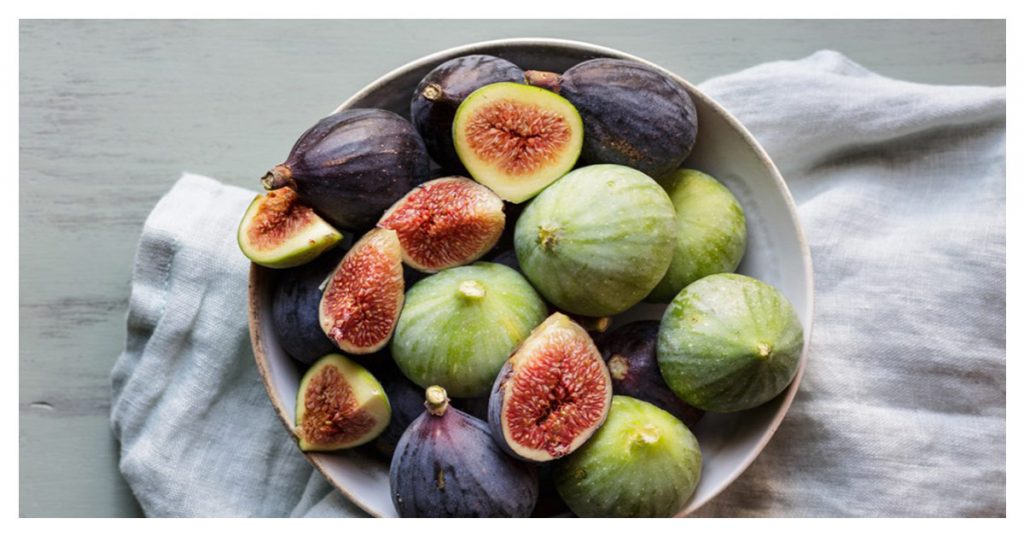
It’s a popular edible fig cultivar named Ficus carica. Because of their dark skin, they’re also known as black Mission figs.
The figs have a dark pink color and a lovely honey flavor when completely mature. Dried figs are also available when the figs are still juicy and tasty.
The first crop is accessible in early summer, while the second crop is available from late summer to early autumn.
10. Black Cherries
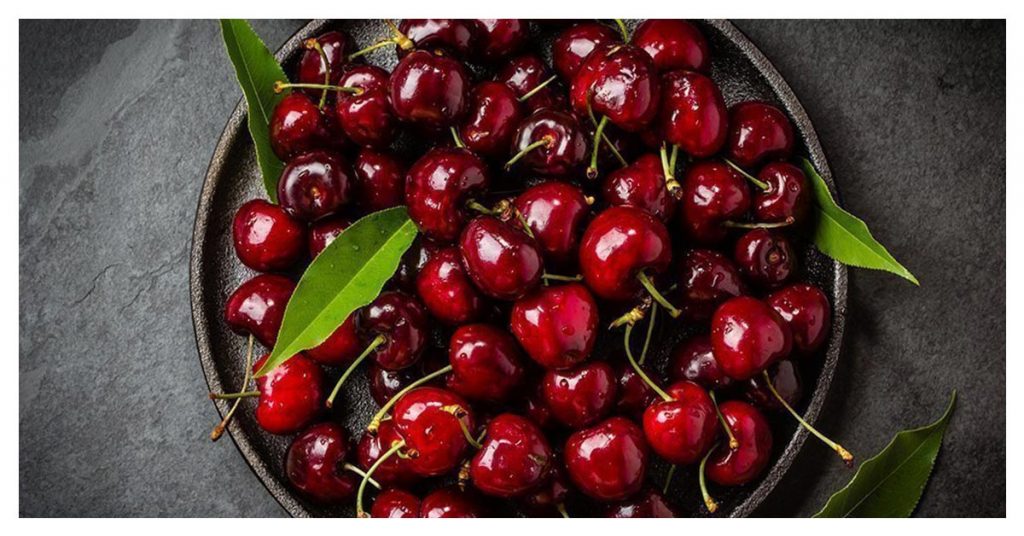
Among the many native cherry species in North America, black cherries stand out for their robust flavor. These cherries are often eaten fresh or used to infuse liquors and craft wood-smoked dishes. Other varieties like chokecherries also hold cultural and medicinal significance in Indigenous traditions.
